Ground shipping is currently paused. Local deliveries throughout Long Island will continue as usual. Pre-orders for fall are now open. Non-local orders will begin shipping again in early September. Click here to learn more.
Ground shipping is currently paused. Local deliveries throughout Long Island will continue as usual. Pre-orders for fall are now open. Non-local orders will begin shipping again in early September. Click here to learn more.
| Size | |
|---|---|
| Common Name | |
| Type | |
| Family | |
| Native? | |
| Zone | 4, 5, 5b, 6, 7, 8, 8b |
| Height Range (ft.) | 50 to 70 |
| Spread (ft.) | 30 to 50 |
| Bloom Time | |
| Bloom Description | Greenish-yellow flowers, inconspicuous, Small |
| Sun | |
| Water | |
| Maintenance | |
| Suggested Use | Shade Tree, specimen tree, wildlife habitat, Woodland Garden |
| Tolerate | |
| Growth Rate | |
| Attracts |
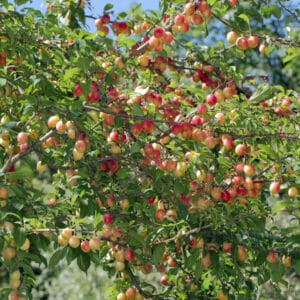
Carya ovata, or Shagbark Hickory, is a tall native tree with shaggy bark, golden fall foliage, and edible nuts that support birds and wildlife.
$27.99
Please note: Sizes 1.5 Gallon and up can’t be shipped outside the counties of Nassau, Suffolk, and Queens.
Learn more about how the process works and how our plants are delivered.
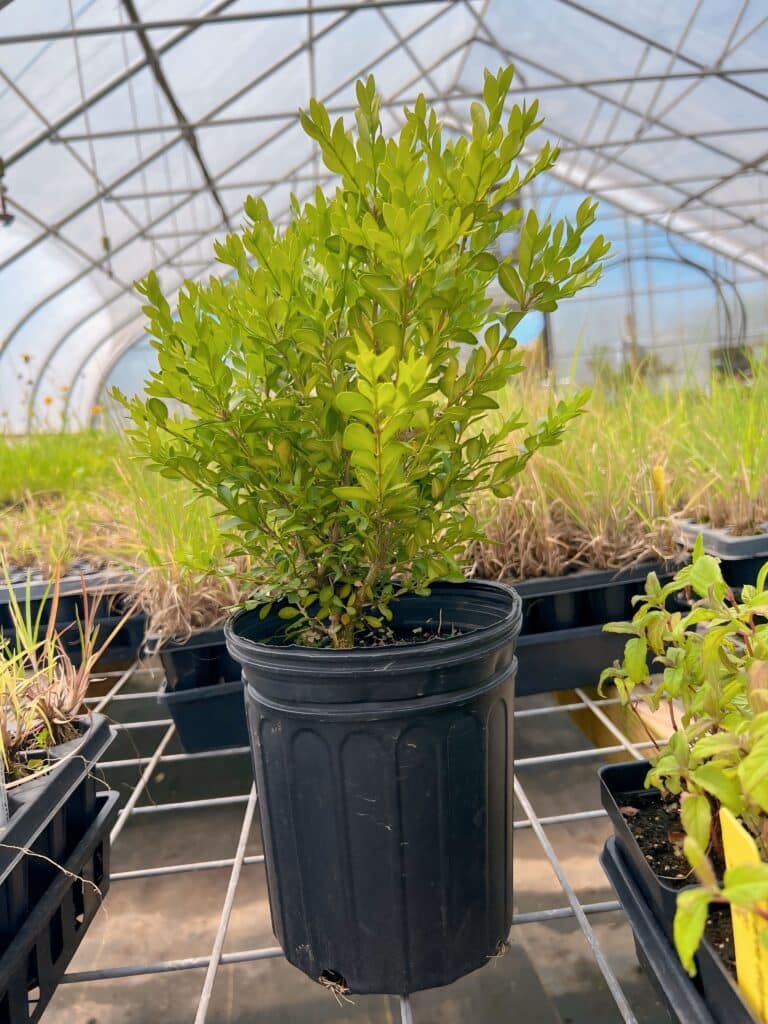

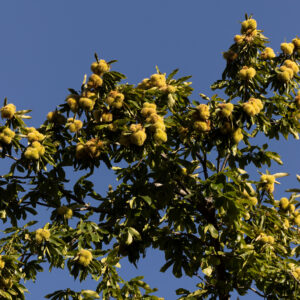
Ground shipping is paused due to summer heat. Only local delivery (Long Island & Queens) is available. Orders placed during the pause will begin processing September 1, and ground shipping will resume September 15.
| Size | |
|---|---|
| Common Name | |
| Type | |
| Family | |
| Native? | |
| Zone | 4, 5, 5b, 6, 7, 8, 8b |
| Height Range (ft.) | 50 to 70 |
| Spread (ft.) | 30 to 50 |
| Bloom Time | |
| Bloom Description | Greenish-yellow flowers, inconspicuous, Small |
| Sun | |
| Water | |
| Maintenance | |
| Suggested Use | Shade Tree, specimen tree, wildlife habitat, Woodland Garden |
| Tolerate | |
| Growth Rate | |
| Attracts |
Carya ovata, commonly known as Shagbark Hickory, is a majestic native deciduous tree known for its distinctive peeling bark, strong wildlife value, and edible nuts. Growing 60 to 80 feet tall with a broad, oval crown, it is most recognizable by its shaggy, curling bark that gives it year-round visual interest. In fall, its compound leaves turn golden-yellow, while its hard-shelled nuts feed a variety of birds and mammals. This slow-growing but long-lived species is ideal for large landscapes, natural areas, and restoration projects.
Unique bark: Peeling, textured bark adds year-round visual appeal
Wildlife benefits: Nuts feed squirrels, turkeys, songbirds, and other wildlife
Long-lived native: Provides shade, beauty, and ecosystem support for generations
Sun exposure: Prefers full sun
Soil needs: Grows best in deep, moist, well-drained soils; tolerates clay
Maintenance: Minimal once established; deep root system resents transplanting
Shade tree: Ideal for large yards, open lawns, or legacy plantings
Native woodland gardens: Fits naturally into forest edge or restoration projects
Habitat landscapes: Supports birds, insects, and mammals
Native keystone species: Supports a wide range of insects, birds, and mammals
Food source: Nut crop feeds wildlife in fall and winter
Soil health: Deep roots improve soil structure and stability over time
/5
Total reviews
|
|
Persons recommended this product
Anonymous
Shopper
check_circle Verified
Shop owner replied
Was this helpful
Anonymous
Shopper
check_circle Verified
Shop owner replied
Was this helpful
There are no reviews yet.
Be the first to review “ ”
Your feedback helps us improve our service.
Please log in to submit a review.
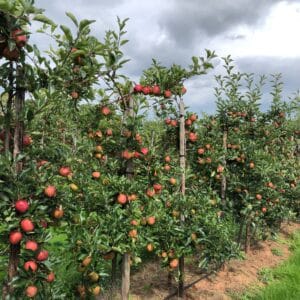
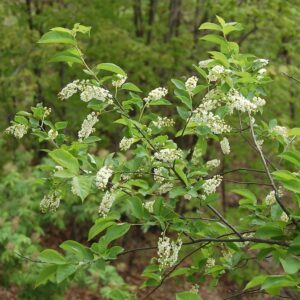
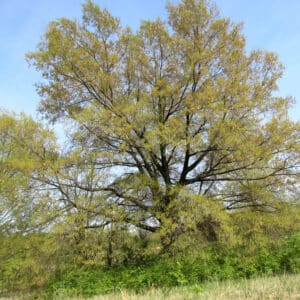
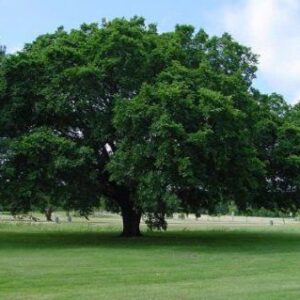
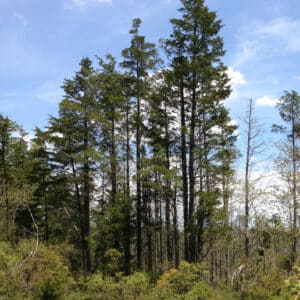
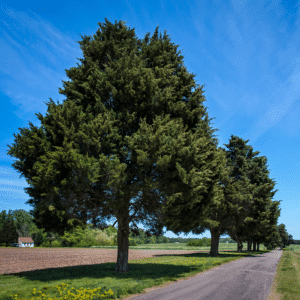

Yes. Carya ovata is native to the eastern and central United States, commonly found in upland woods and rich bottomlands. It is a long-lived native tree that plays a vital role in native ecosystems and forest habitats.
It gets its name from its distinctive bark, which peels away in long, shaggy strips on mature trees. This unique texture gives it a rugged appearance and provides valuable habitat for bats, insects, and other wildlife.
Shagbark Hickory is a large deciduous tree that typically grows 60 to 80 feet tall and 40 to 60 feet wide. It has a tall, straight trunk and an oval to rounded canopy, making it ideal for shade or native woodland plantings.
Shagbark Hickory grows best in full sun and prefers deep, moist, well-drained soils, but it is also tolerant of clay, rocky soils, and drought once established. It is hardy in USDA zones 4 through 8 and is generally low-maintenance, though it requires space due to its mature size and strong root system.
Yes, exceptionally so. The nuts are a major food source for wildlife, including squirrels, foxes, turkeys, and bears. The tree also hosts numerous species of moth and butterfly larvae, making it a valuable plant for pollinators and biodiversity. Its shaggy bark provides roosting sites for bats and shelter for insects.
Our gift cards make it easy to share the beauty of plants, flowers, and all things green. Whether for a special occasion or just because, give the gift of choice and let them select their favorites to create a garden they’ll cherish.
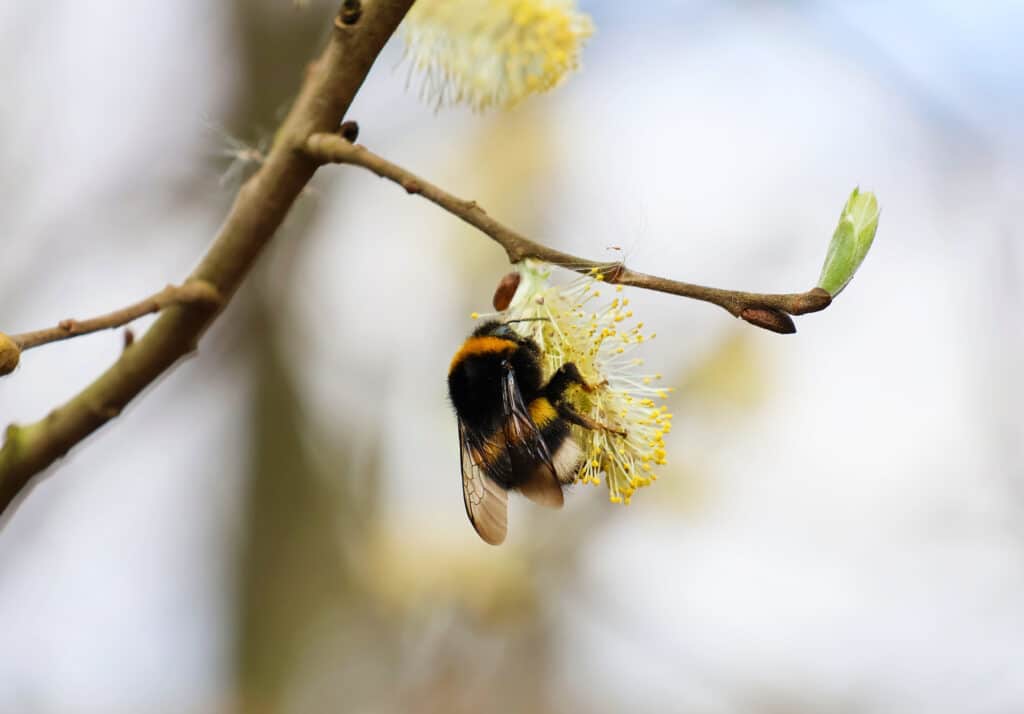
Only Local Delivery Available (Long Island & Queens)
Ground Shipping Paused
To protect our plants from extreme summer heat, we’ve paused nationwide ground shipping to avoid any damage during transit.
Local Delivery Only
We’re still delivering locally to Long Island and Queens, so nearby customers will continue to receive orders as usual.
Fall Pre-Orders Are Open Nationwide!
We will resume normal shipping for non-local orders placed during the pause in early September.
Thank you for your support and understanding—we’re looking forward to growing with you this fall!